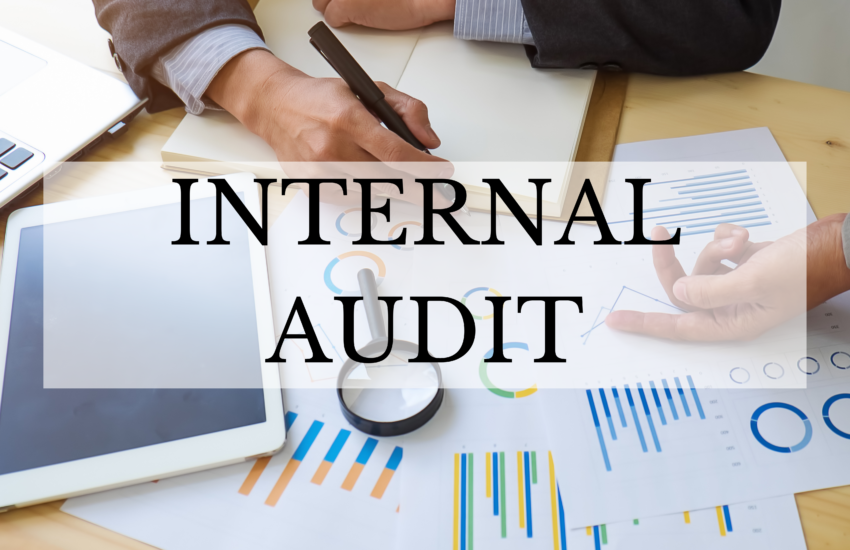ROLE OF INTERNAL AUDIT IN STRENGTHENING CORPORATE GOVERNANCE
Internal Audit
Internal Audit involves critical appraisal of the functioning of an entity with a view to suggest improvements thereto and add value to and strengthen the overall governance mechanism of the entity, including the entity’s strategic risk management and internal control system.
Corporate Governance
Governance is a key concept in Internal Audit and SIA 140 issued by ICAI, seeks to clarify both, the concept and the responsibility of the Internal Auditor, Management, Board of Directors, Audit Committee and other Stakeholders, with respect to governance, keeping in mind their legal, regulatory and professional obligations.
Corporate governance, in the simplest terms, refers to the system by which companies are directed and controlled. Further, Corporate governance has also emerged a strong tool in the hands of the regulators for protecting the interests of the investors. Thus, over a period of time, the Governments and regulators, both at home and abroad, have issued comprehensive laws and regulations in respect of model corporate governance practices to be adopted by the companies.
Implementation of corporate governance practices involves certain costs to be incurred by the company. The company needs to justify the cost of implementing good corporate governance principles viz. a viz. benefits derived therefrom.
Internal audit can help maximizing the benefits from the corporate governance policies. Following are some of the measures by which internal audit contributes to sound corporate governance:
- Risk Assessment: Understanding and assessing the risks and evaluate the adequacies of the prevalent internal controls.
- System Improvement: Identifying areas for systems improvement and strengthening controls.
- Optimum Utilization of Resources: Ensuring optimum utilisation of the resources of the entity, for example, human resources, physical resources, etc.
- Timely identification of liabilities: Ensuring proper and timely identification of liabilities, including contingent liabilities of the entity.
- Ensuring Compliances: Ensuring compliance with internal and external guidelines and policies of the entity as well as the applicable statutory and regulatory requirements.
- Safeguarding of Assets: Safeguarding the assets of the entity.
- Information Systems: Reviewing and ensuring adequacy of information systems security and control.
Management Information Systems: Reviewing and ensuring adequacy, relevance, reliability and timeliness of management information system.

